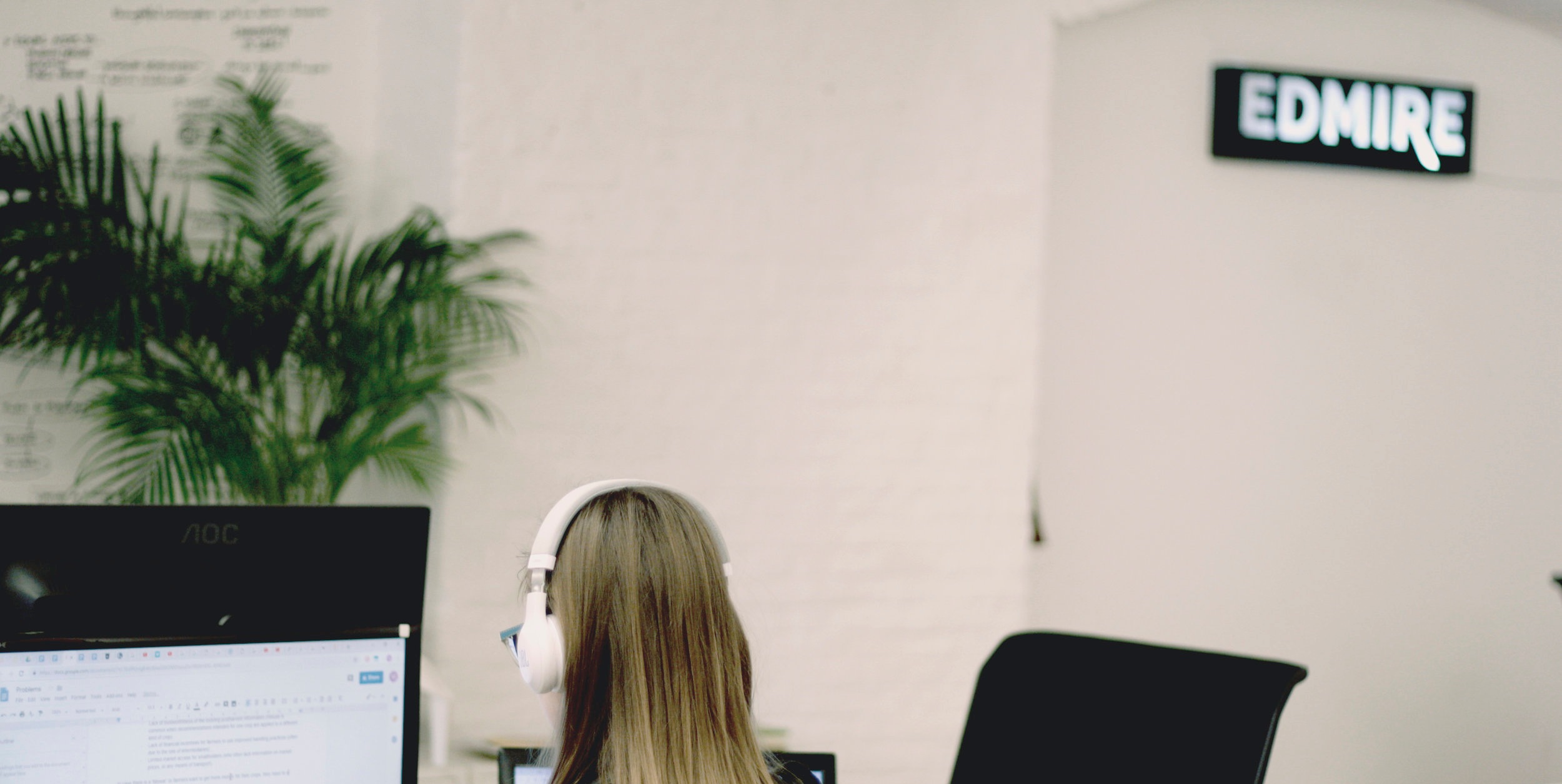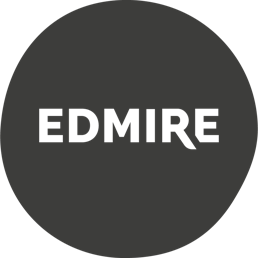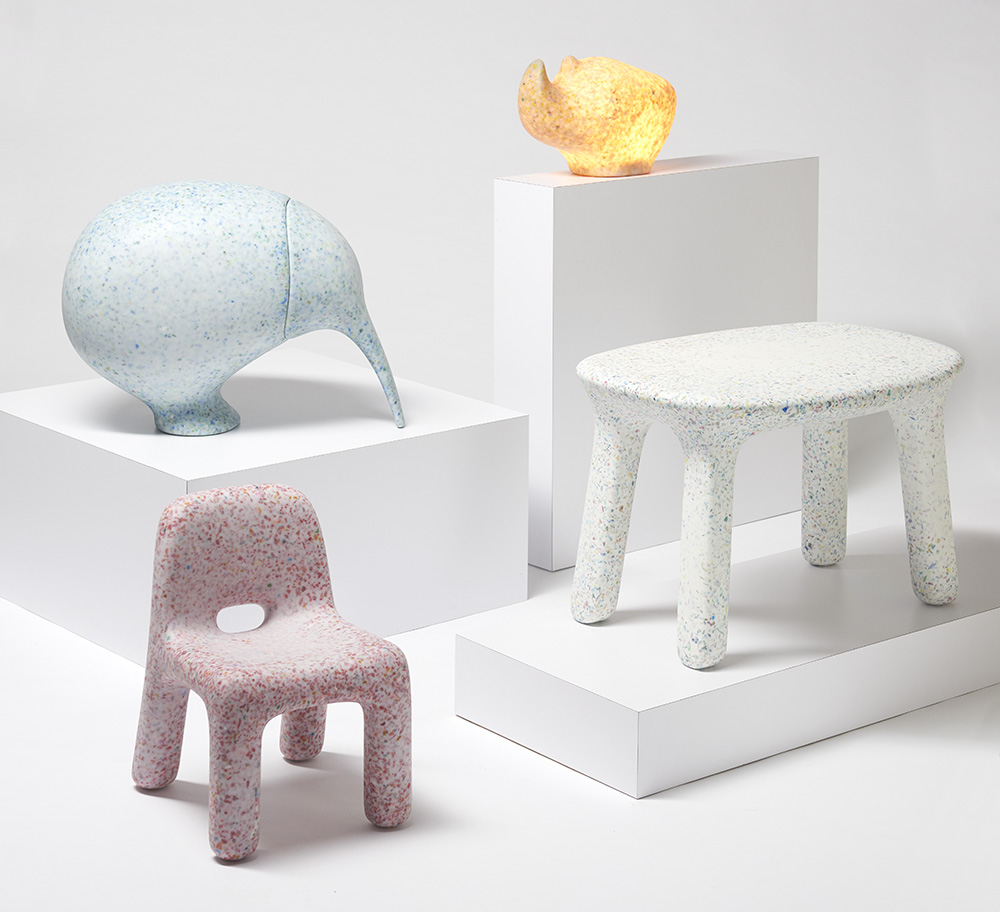Bugaboo is a company that successfully uses ‘circular design strategies’. Their products are built to last, fully modular and easy to repair. On the business side, they also offer ‘leasing models’. Ready to find out how to design products for a circular economy? How to transform from linear to circular design? Our model of consumption is changing... In a linear economy, products would lose their value and be discarded after use. However, In a circular model, they keep their value. Circular design takes the whole product lifecycle in account. As designers, we aim to prolong the product life, and think about what will happen after the product is used. In this way of thinking, the product’s lifecycle is circular instead of a linear. Linear business models dispose the products at the end of their use, circular models make sure the product gets back to producers and they use it again in the production cycle.




